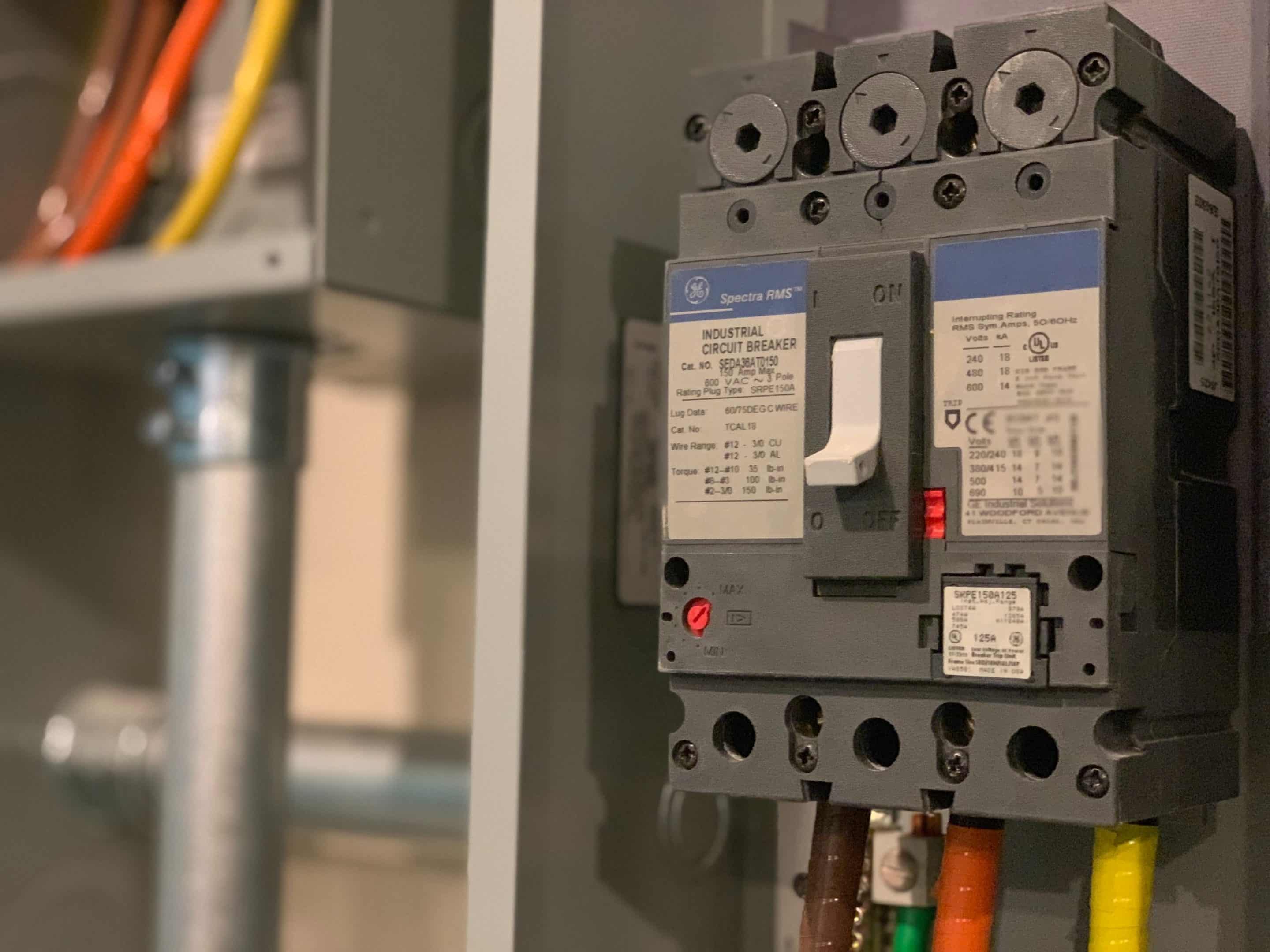4 Basic Safety Tips to Consider When Looking For A Circuit Breaker

Are you installing a new circuit breaker for your home? If so, it is important to ensure that you have the proper information and understanding to do things correctly and safely.
Understanding Circuit Breakers
Circuit breakers are a very important part of your electrical system. It acts as a safety buffer from fire, risks, and potential damages as it automatically disconnects from power when there’s an overload or when they detect that the passing current exceeds its amperage. So it is critical to choose the right one for safety and peace of mind.
Here are some guidelines when choosing circuit breakers for your home or office:
1. Think About the Parameters Of Your Circuit Breaker
When looking for a circuit breaker, it is important to consider the parameters of your circuit. Voltage, frequency, interrupting capacity, continuous current rating, unique operating circumstances, and product testing are some factors to consider when choosing a circuit breaker. Therefore, it would be best to get expert advice on this.
Here are some questions to ask yourself and your electrician:
- What ampere trip rating of the circuit breaker will I use considering the power rating of my loads or appliances?
The right breaker size is important. If you do not use the correct size, the circuit, cables, wires, and connected devices may burn or heat up. Additionally, there is a chance that the breaker will trip if it is too low; if it is too high, the wires could burn or heat up.
- Is my connection a single phase or three phases?
Electricity moves through a single conductor in a single-phase connection. On the other hand, the three independent wires are required for a three-phase connection and are used to transport electricity.
If you know the phase system, you can easily determine the parameters like the voltage rating and the number of poles. You can also check for the guides below:
1 Pole – Single Phase, 220V Line to Neutral.
2 Pole – Single phase, 220V Line to Neutral.
– Single phase, 220V Line to Line.
3 Pole – Three phase 220V.
– Three phase 380V with Neutral always closed
– Three Phase 440V
2. Safety And Product Quality
Make sure that the circuit breaker is safe and undergoes a quality check. The product is safe if it has undergone rigorous product testing. Ensure that it passes the Bureau of Philippines Standards, is DTI-approved, and fully complies with safety measures.
3. Consider the following factors
- Brand: Choose a brand that experts trust and highly recommend. Make sure to check product reviews from customers
- Warranty: How long is it, and what features does it cover? What is involved in getting a replacement if something goes wrong?
- Price: Ensure that the product provides value for money. A product’s efficiency and effectiveness should be prioritized when investing.
4. Get It Inspected Or Work With a Skilled Electrician
For your safety, be sure to have it inspected or work with a skilled electrician. In case there are issues with any part of your home’s wiring or circuitry, a skilled electrician will be able to fix those problems before they can become bigger problems down the road.
Now that you know what to look for in a circuit breaker, it is now time to install one!
